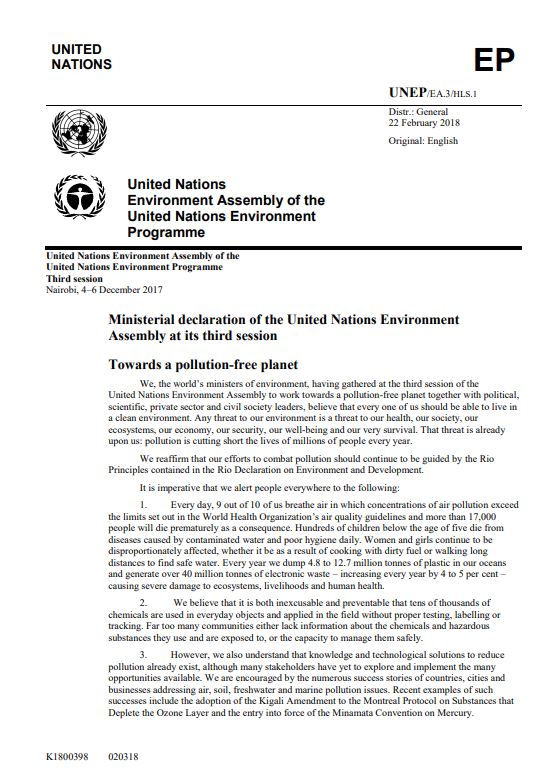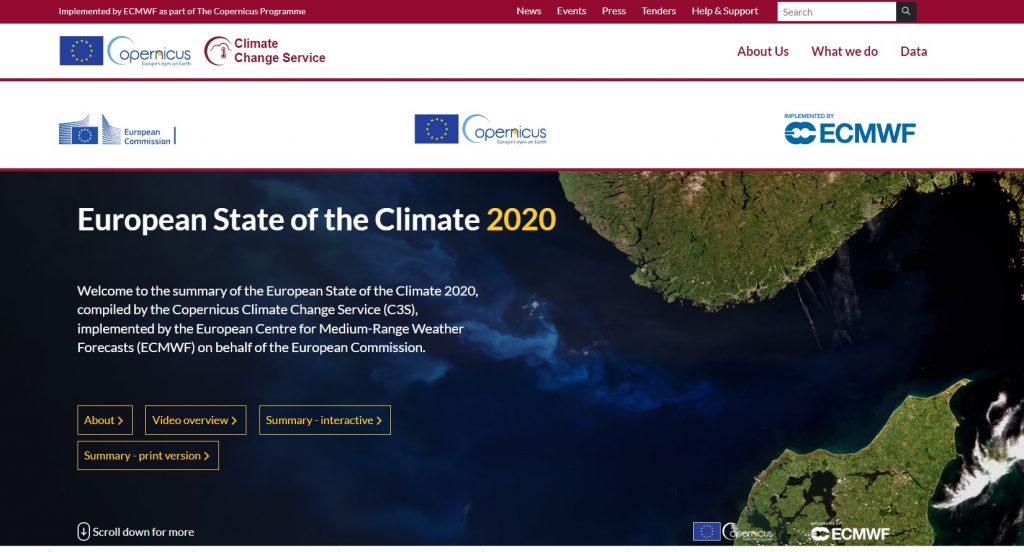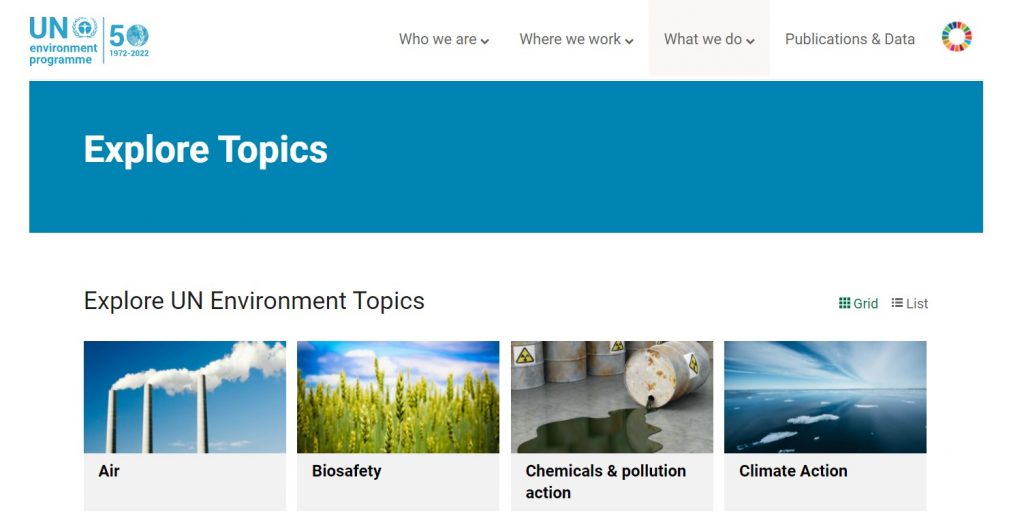UNEP Pollution Campaign
Pollution touches all parts of the planet and it’s the largest environmental cause of disease and premature death in the world today. It affects our health through the food we eat, the water we drink and the air we breathe. The WHO estimates that 23 per cent of all deaths worldwide – amounting to 12.6 million in 2012 -are due to environmental risks. With the end goal to eradicate all forms of pollution by 2030, the UN Environment Programme was tasked by the UN Environment Assembly to coordinate the implementation of a global plan “Towards a pollution-free planet”. Addressing pollution is not only an environmental priority, it’s a priority for the achievement of the SDGs.
Beat Pollution related campaigns and initiatives

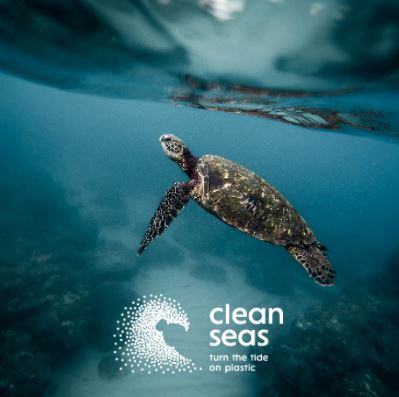

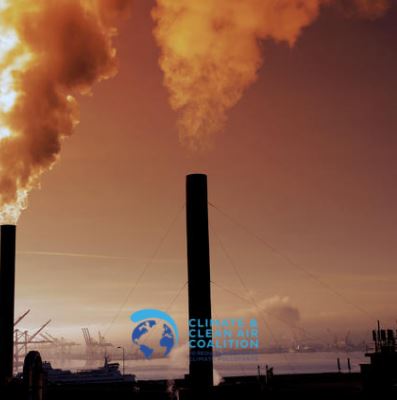
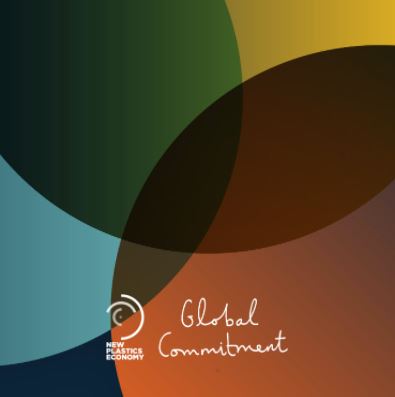
UNEP – Toward Pollution Free Planet Ministerial Declaration of the United Nation Environmental Assembly
Pollution Indicator

Pollution is pervasive and poses a direct threat to human health and the environment. Various forms of pollution are found in the air we breathe, the water we drink, and the land we live on. The UN Environment Programme is working with governments, business and civil society to Beat Pollution. To this end, the Implementation Plan Towards a Pollution Free Planet, which was welcomed at the fourth United Nations Environment Assembly, identified five key action areas for addressing the gaps and challenges associated with pollution: Knowledge, Implementation, Infrastructure, Awareness, and Leadership.
In order to Beat Pollution, governments, businesses, and civil society must have access to the most up to date geo-spatial information, assessments, and tools for evidence-based policy and action. Equipped with this knowledge, we can contribute to the achievement of the SDGs by 2030. This website helps to address knowledge and implementation capacity gaps by aggregating such tools and assessments, and empowers policy makers, partners, and stakeholders to address pollution in a responsible and environmentally sound manner.
Air Pollution
Air pollution is the world's single greatest environmental risk to health, prematurely killing some 6.5 million people across the world every year and exposing nine out of ten people to unacceptable outdoor air pollution levels. It in particular affects women, children, the sick and elderly, and those in low-income groups: 300 million children live in areas where outdoor air pollution is at least six times higher than health guidelines.
Particulate matter (PM2.5 and PM10) affects more people than any other air pollutant, and levels of PM2.5 have remained largely constant despite efforts to tackle the problem. The main sources of outdoor air pollution are fossil fuel emissions from coal burning for power and heat, transport, industrial furnaces, brick kilns, agriculture, domestic solid fuel heating, and the unregulated burning of waste.
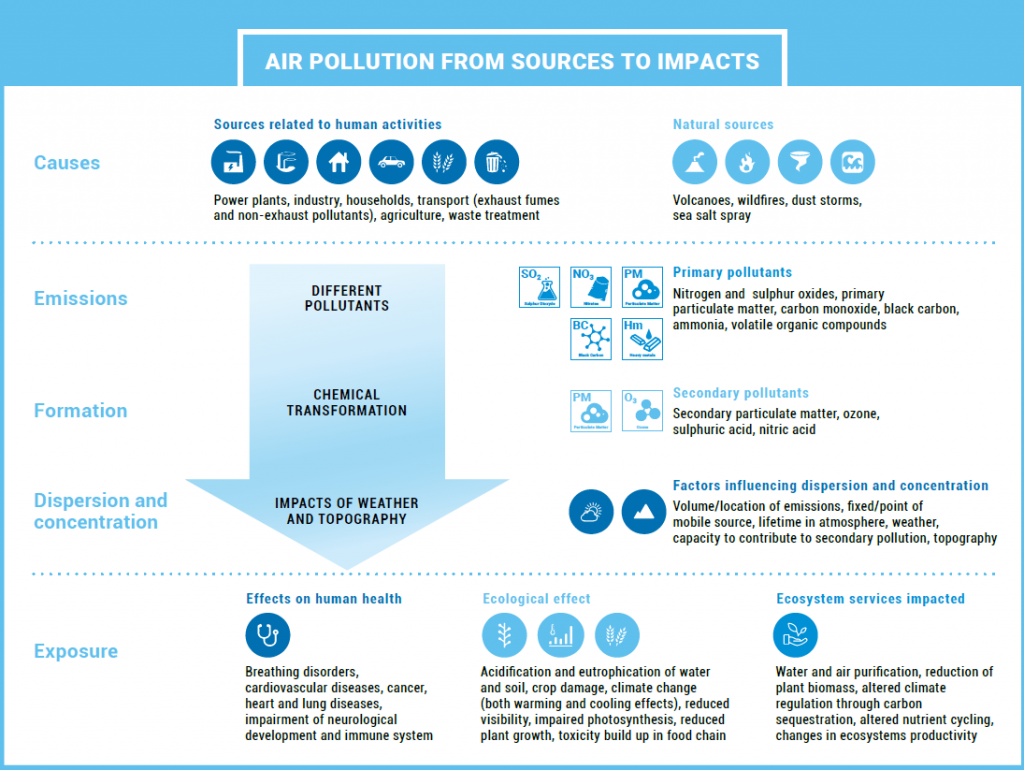
Freshwater Pollution
Over 80% of the world's wastewater is released to the environment without treatment. Globally, 58% of diarrheal disease – a major driver of child mortality – is due to a lack of access to clean water and sanitation. In Latin America, Africa and Asia, severe pathogenic pollution was found in one third of all rivers, putting at risk people’s health and endangering the use of river water for irrigation, industry and other purposes.
Nutrient pollution (nitrates and phosphates) threatens food security, the fishing industry and people’s livelihoods as well as posing a significant threat to biodiversity and ecosystem services globally. It is mainly caused by the over-application of fertilizer to agricultural fields, which then runs off into nearby water bodies and causes eutrophication, which in turn leads to the development of oxygen-depleted zones, interfering with many human water uses and causing major shifts of species in ecosystems.
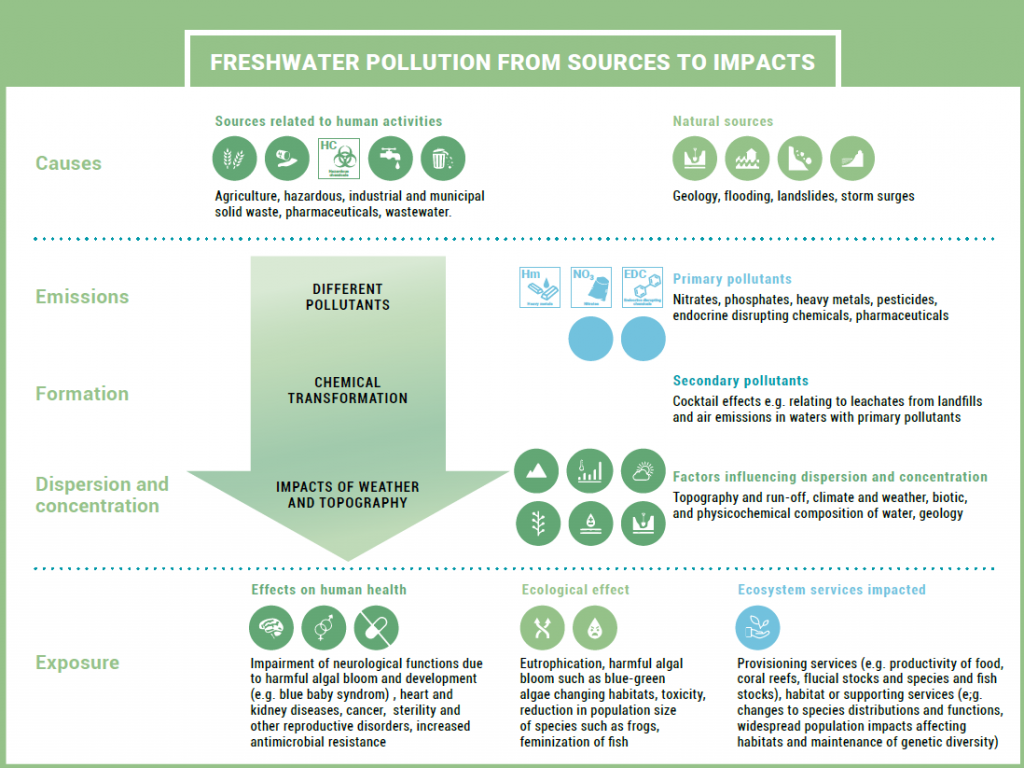
Land and Soil Pollution
Land and soil pollution is largely the product of poor agricultural practices, inefficient irrigation, improper hazardous chemicals and nuclear waste management, and a range of industrial, military and extractive activities. Pollutants degrade soils and thus humans and wildlife living near former industrial sites and reclaimed lands are at risk of exposure to pollution if sites are not decontaminated carefully and properly.
The primary pollutants of concern in land and soil are heavy metals, such as lead, mercury and others, pesticides and other persistent organic pollutants, and pharmaceuticals, such as antibiotics used for livestock management. Sources of heavy metal pollution include mining operations, preparation of nuclear fuels, coal burning, chemical production, leather tanning, electronic waste, and industrial waste. Heavy metal pollution is a public health risk, especially for children and pregnant women as heavy metals can become highly concentrated in soils and lie dormant, without decaying, for many years.
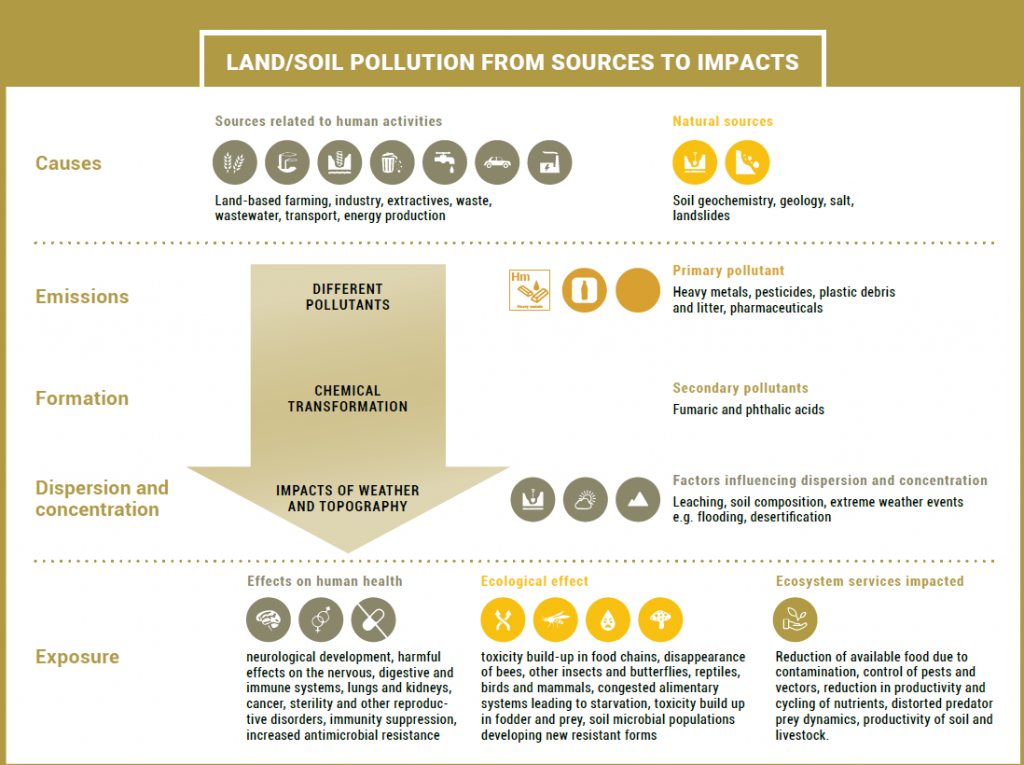
Marine Pollution
Oceans and coastal waters receive a large percentage of our waste and pollutants, including plastic debris, excess nutrients, chemical and radioactive waste from land-based sources, as well as shipping refuse and abandoned fishing gear from sea-based sources. Excess nutrient loads have caused at least 500 dead zones in coastal areas around the world, with impacts on ecosystems such as coral reefs as well as on fishing communities and the productivity of fish stocks.
Marine litter can cause physical harm to marine life through entanglement, ghost fishing, and ingestion; it can also act as a carrier for toxic substances, and transport invasive species across the ocean. Three quarters of marine litter is now composed of plastic, and up to 12.7 million tonnes of plastic waste enter the ocean every year – the approximate equivalent of one garbage truck-full every minute. At this rate, it is estimated that plastic will outweigh fish in the ocean by 2050.
The primary pollutants of concern in land and soil are heavy metals, such as lead, mercury and others, pesticides and other persistent organic pollutants, and pharmaceuticals, such as antibiotics used for livestock management. Sources of heavy metal pollution include mining operations, preparation of nuclear fuels, coal burning, chemical production, leather tanning, electronic waste, and industrial waste. Heavy metal pollution is a public health risk, especially for children and pregnant women as heavy metals can become highly concentrated in soils and lie dormant, without decaying, for many years.
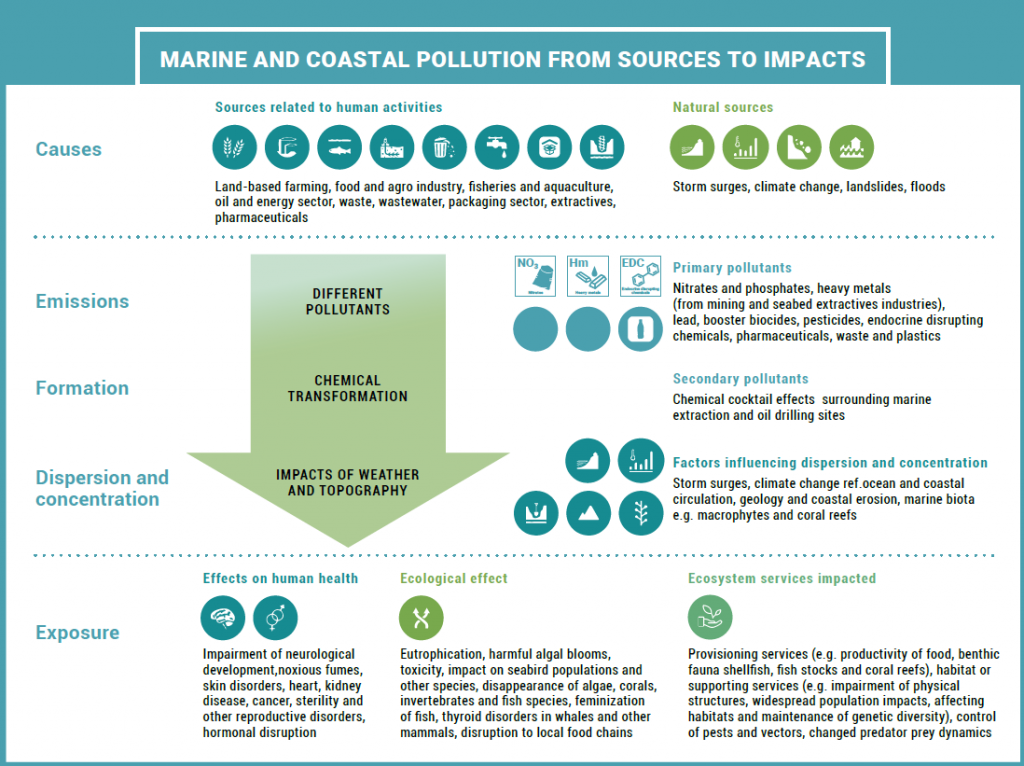
Chemical Pollution
While chemicals have benefits for human society, they can also have significant harmful impacts. The impacts of chemicals on people and other living organisms vary from cell mutagenesis to neurological damage, damage to reproduction and development, metabolic effects, immunotoxicity, pulmonary inflammation and the emergence of antibiotic-resistant bacteria.
While the full range of impacts of every chemical has yet to be fully assessed, long-term exposure to certain categories of substances such as endocrine disruptors, neurotoxicants pesticides are known to be deleterious to environmental and human health. Estimates by the European Environment Agency suggest that 62 per cent of the volume of chemicals consumed in Europe in 2016 were hazardous to health. The World Health Organization estimates the burden of disease from selected chemicals at 1.6 million lives in 2016.
With so many new chemicals and materials continuously being designed and released on the market, it is important that we adequately manage chemicals over their entire life cycle - from extraction, production, formulation, and use, through to final disposal.
.
WASTE Pollution

Waste generation nearly doubled between 1970 and 2000[1] and continues to grow exponentially. Waste is a global issue, and if not properly dealt with, waste poses a threat to public health and the environment. It is a growing issue linked directly to the way society produces and consumes goods and services, and it concerns everyone.
Waste management is a cross-cutting issue impacting many aspects of society and the economy, and it has strong linkages to a range of other global challenges such as health, climate change, poverty reduction, food and resource security and sustainable production and consumption. The political case for action is significantly strengthened when waste management is viewed as an entry point to address a range of such sustainable development issues, many of which are difficult to tackle.
With the application of modern technologies, best available techniques and best environmental practices, waste can be applied as a resource for which valuable materials and renewable energy resources can be recovered. Waste utilization strengthens the concept of circularity in which very little or no material goes to landfill.
- To see more: https://www.unep.org/beatpollution/
Copernicus European State Climate 2020
Explore un Environment Topics
Network of the Head of Environmental Protection Agents

EPANET is a network of Environmental Protection Agencies in Europe, exchanging experiences to improve our work for the environment. (to see more : https://epanet.eea.europa.eu/about )

MEMBERS are knowledge producers, regulators, researchers and policy advisers representing 37 European countries.

REPORTS: EPANET gather knowledge and best practices in reports. Outputs and views are communicate when experience is beneficial to others.

